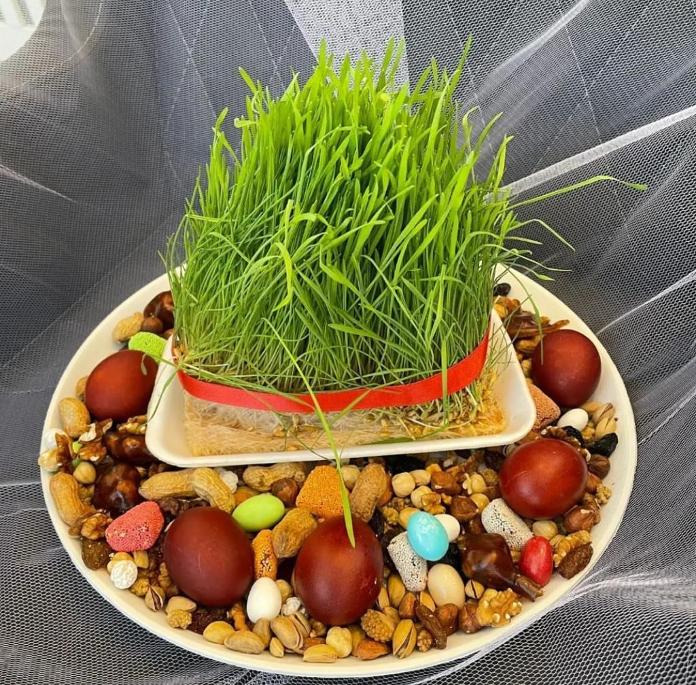Iğdır University Cultural Heritage Conservation Application and Research Centre has started a comprehensive study in order to transfer the Nowruz Festival, which has deep roots in Iğdır folk culture and has a great social meaning, to future generations. In order to preserve the cultural texture of this holiday without losing its cultural texture, the information compiled from the local people is meticulously recorded.
In the studies carried out under the leadership of the Centre Director Assoc. Prof. Dr. Oğuz Doğan, the details of how Nowruz is celebrated in Iğdır, the memories and traditions of the people of the region about this holiday are recorded in detail. Assoc. Prof. Dr. Oğuz Doğan explained the aims of the study: ‘Nowruz Festival is an important heritage that symbolises social unity and solidarity as a part of Iğdır's social, cultural and historical texture. Transferring this heritage to future generations in its original form bears a great responsibility to preserve our cultural identity.’
Importance of Protecting Cultural Heritage
In this study, the traditional rituals of Nowruz, which are about to be forgotten, are presented from the memory of the people to the awareness of humanity. Through interviews with resource persons from various regions, it is revealed that Nevruz is not only a holiday but also a cultural symbol that keeps alive values such as nature, abundance, fertility, friendship and tolerance. The researchers in the study meticulously compile the meanings of Nevruz in local life, the ways in which the holiday is celebrated, the symbols used, songs, folk dances and traditional costumes.
Research and Documentation Process
Within the scope of the study, Assoc. Prof. Dr. Oğuz Doğan and his team conduct face-to-face interviews with the people of the region by travelling from village to village and neighbourhood to neighbourhood. These interviews with people who pass on the cultural environment in which they grew up from generation to generation contribute greatly to the correct understanding of the historical and cultural context of the holiday and its transmission to future generations. Assoc. Prof. Dr. Doğan said, ‘The narrative of each individual helps us to understand the historical and cultural roots of Nevruz more deeply. With the information we have obtained, we aim to present Nevruz to future generations not only as a holiday but also as a cultural phenomenon deeply embedded in the lives of the people.’


